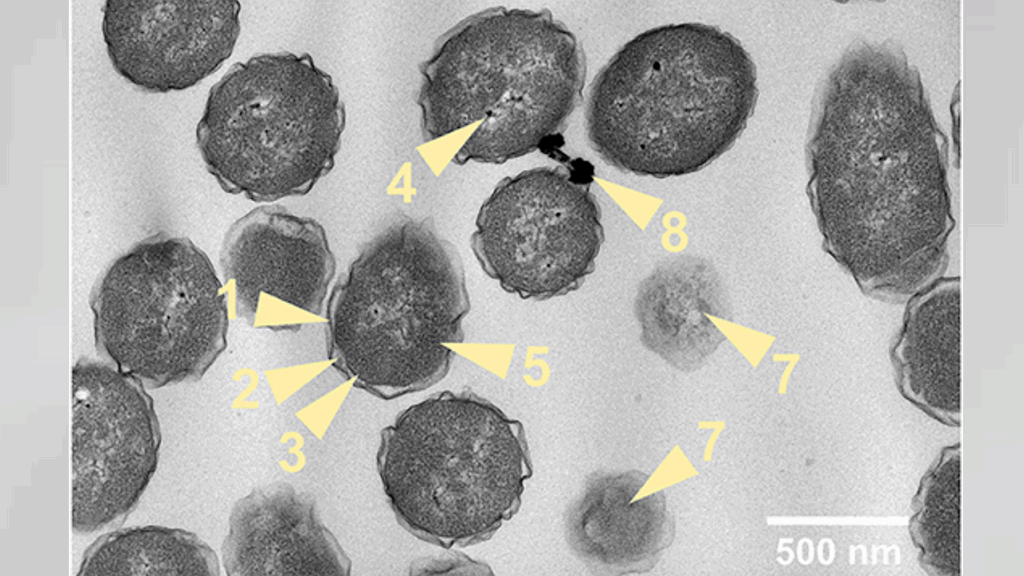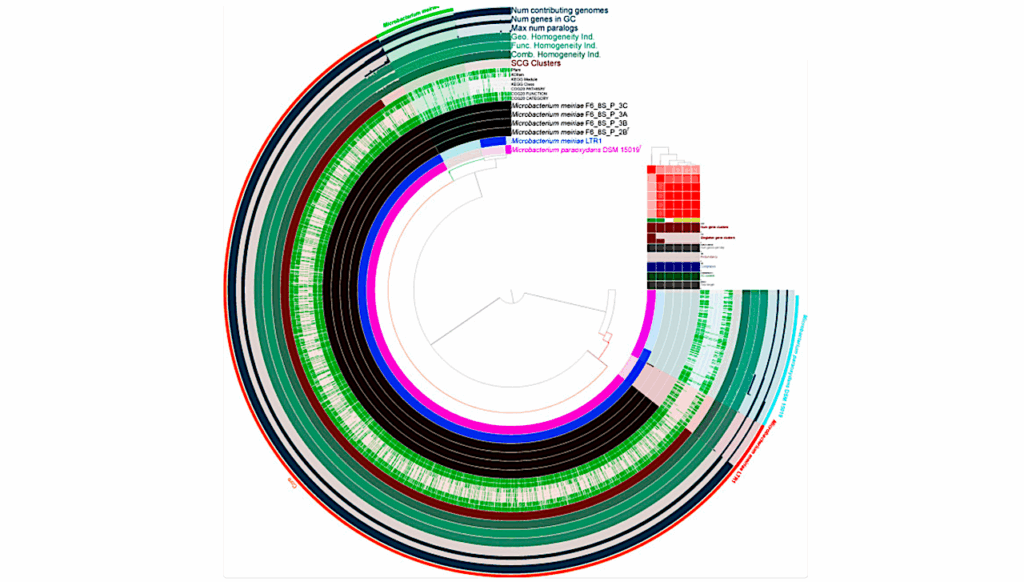Non-Standard Bonding in Base Pairs

A new study provides insight into base pair bonding in artificial DNA polymerase. Researchers focused on a previously unknown base pair: iso-guanine and methyl-pyrimidinone.
These base pairs use a hydrogen bonding pattern that is not standard in other pairs. The findings suggest that atomic substitution could increase accuracy when iso-guanine is copied by enzymes.
DNA is essential for life as we know it. Studying how molecules like DNA are constructed, and how this structure is maintained, can provide important information about the mechanisms behind life and the role these mechanisms could have played in life’s origins on our planet.
The paper, “Polymerase recognition of 2-thio-iso-guanine·5-methyl-4-pyrimidinone (iGs·P)–A new DD/AA base pair,” was published in the journal Bioorganic and Medicinal Chemistry Letters. The work was supported in part by the Exobiology and Evolutionary Program element of the NASA Astrobiology Program.








